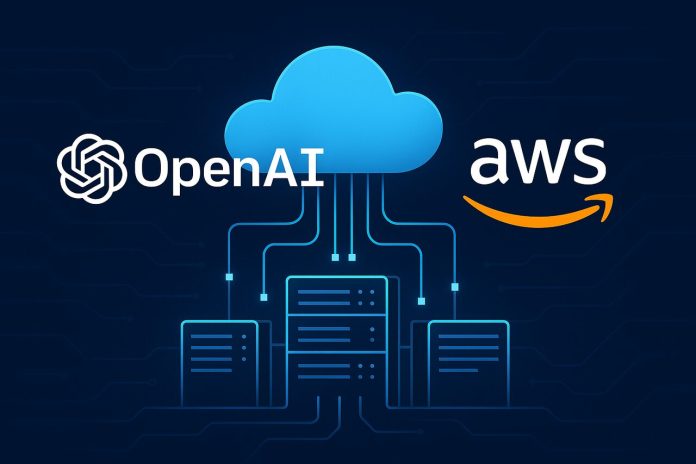OpenAI selected Amazon Web Services (AWS) due to its scalable compute infrastructure, global cloud presence, and advanced AI-optimized silicon. AWS delivers the high availability, fault tolerance, and GPU-rich environments required to sustain and scale large language models (LLMs) such as GPT-4 and GPT-5. The alignment of AWS’s proprietary Trainium and Inferentia chips with OpenAI’s model training demands reinforces a hardware-software synergy that reduces cost-per-token and latency at scale.
The strategic partnership responds to OpenAI’s pressing need to support rapid adoption of ChatGPT Enterprise, API services, and multimodal models such as GPT-4V. The integration of AWS infrastructure streamlines inference workloads and model retraining cycles for higher accuracy and efficiency across billions of prompts daily.
How Does the $38 Billion Commitment Translate Into Computational and Strategic Value?
OpenAI’s $38 billion commitment over several years represents one of the largest cloud infrastructure deals in history. This value exchange enables OpenAI to secure long-term access to on-demand compute capacity, optimized machine learning clusters, and dedicated availability zones for data sovereignty and resilience.
The financial structuring of the investment likely includes pre-purchased compute reservations, exclusive use of AWS’s custom silicon (Trainium and Inferentia), and co-engineering efforts to improve both model throughput and carbon efficiency. These infrastructure gains directly impact inference time, model reliability, and cost optimization per user session across ChatGPT’s consumer and business tiers.
What Benefits Does AWS Gain from the OpenAI Cloud Partnership?
Amazon Web Services benefits from this alliance by reinforcing its position as a leader in cloud AI infrastructure, directly competing with Microsoft Azure’s exclusive OpenAI partnership for model training. By hosting inference and fine-tuning workloads, AWS positions itself as the backbone of real-time generative AI consumption.
The partnership attracts more AI-native startups and enterprise clients seeking similar robustness, leveraging AWS’s AI stack—from SageMaker to Bedrock. Additionally, the arrangement boosts adoption of Amazon’s silicon innovation, Trainium and Inferentia, showcasing their viability for large-scale model inference over traditional NVIDIA GPUs.
How Will ChatGPT Performance and Availability Improve via AWS Integration?
ChatGPT performance metrics—such as response latency, context retention, multi-turn dialogue coherence, and availability across global zones—will significantly improve due to AWS’s infrastructure consistency. AWS enables lower cold start times for inference endpoints, reduces model loading duration, and supports autoscaling under peak traffic loads.
The deployment across multiple AWS regions enables geo-distributed inference, enhancing both user experience and compliance with data residency regulations. OpenAI also gains tighter observability through AWS CloudWatch and integrated telemetry tools, optimizing model behavior, memory management, and prompt flow.
What Are the Implications for Data Privacy, Compliance, and AI Governance?
The shift to AWS infrastructure introduces new considerations for data privacy, regulatory compliance, and model governance frameworks. AWS offers isolated compute environments, encryption at rest and in transit, and enterprise-grade IAM (Identity and Access Management) solutions that support secure usage of ChatGPT for industries such as healthcare, finance, and law.
OpenAI can leverage AWS Artifact and other compliance modules to meet regional mandates like GDPR, CCPA, and HIPAA more efficiently. Furthermore, running inference on AWS allows for tighter control over audit trails, prompt logging, and model versioning, which are critical in enterprise AI deployment and ethical risk management.
What Does This Partnership Signal for the Future of AI Infrastructure?
The OpenAI-AWS deal indicates a shift from centralized model training to distributed inference at scale. As generative AI becomes embedded in enterprise stacks, infrastructure partnerships that prioritize performance, resilience, and compliance will define the competitive landscape.
This collaboration underscores the importance of AI supply chains, where hardware, cloud, and model developers must co-innovate. By anchoring operations within AWS, OpenAI sets a precedent for multi-cloud inference strategies and highlights a trend toward custom AI silicon integration as a lever for reducing operational costs and increasing ecosystem lock-in.
